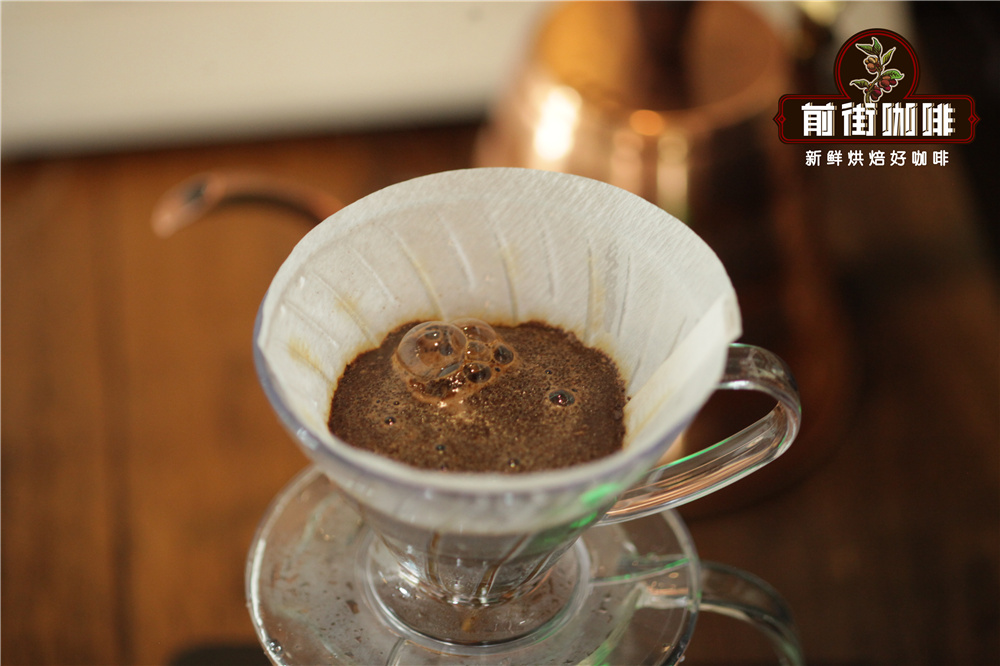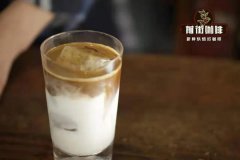How to Make Coffee for Beginners How to Make Better Coffee at Home Brewing Tips
Not everyone has the opportunity to go to coffee school to learn how to make a delicious cup of coffee. For this reason, Qianjie Coffee offers some of the best techniques here to improve your level and help make the best coffee at home.
There are only two ingredients, and quality is the key. The first step is to choose the best coffee beans you can afford. But don't go to the vat of pre-ground coffee at the grocery store-you need real coffee beans. These can be bought in specialty coffee shops or high-end grocery stores.
Freshness is crucial, you may spend a little more money, but the difference will be obvious. The closer the beans you can find to their baking date, the better. Coffee is at its best within two weeks after the roasting date, so try drinking it the week or so after purchase.

Coffee begins to lose its flavor almost immediately after grinding. After finding the ideal source of fresh baked beans, just grind them as needed. And make sure the beans are ground to the right consistency: ground too fine, water takes a long time to drip into the coffee, and if not fine enough, the water flows too fast to make a delicious cup.
One last note for coffee beans: calories and moisture can destroy your coffee beans. This may seem logical, but don't put beans in the refrigerator or freezer. Direct sunlight is also a killer. Store them in dark, sealed jars at room temperature.
Don't forget the second ingredient of a good cup of coffee: water. If you have a chance, please discard tap water and use filtered spring water. Tap water contains a lot of trace elements and detergents, although the taste is subtle, but it is different.
Use the correct brewing technology
You may not buy a new full-function coffee maker on the market, but it doesn't matter. There are other ways to use it. Even if you don't have the equipment and want to get into barista-level coffee, you can still brew delicious coffee with a small investment.
There are two ways of brewing: soaking and brewing. French kettles are very cheap and take about four minutes to make coffee. Use a spoon to pour in the required amount of coffee powder, fill it with water, let it rest, and then slide down the plunger to stop the coffee grounds.
Coffee equipment
Grinding machine
Electric blade grinders are fast and simple, but the coffee beans they produce are not uniformly ground. Instead, if possible, aim at the burr grinder because they produce consistent results. The better the grinder, the better the coffee will taste.
Timer and kitchen scale
For immersion brewers, timers are not very important, but for pouring water, you need to follow the right time when pouring water. There are many brewing guides around, showing the best time to pour out the brew.
No matter what brewing method you use, the weight and proportion of coffee and water is essential for consistently high-quality coffee. You need the exact amount of coffee grounds and water, and the body depends on the number of cups you want to make. Fortunately, digital scales are not expensive. Look for a file that is read in increments of 0.1 grams.
Filter
Depending on your coffee brewing method, you will need filters of various shapes. But no matter which filter you choose, you want to rinse it with water before using it. This eliminates the opportunity for any paper flavor to enter your Joe cup.
kettle
If you want to pour water, please try to find a goose neck kettle. These are the best ways to distribute hot water. A built-in thermometer is better.
Thermometer
Coffee brewing water should always be slightly below the boiling point temperature. Coffee is extracted into water between 195 and 205 degrees. If you don't have a thermometer, boil the water and let it sit for 30 seconds before starting to brew. The last two helpful techniques are preheating equipment and coffee cups. In addition, once finished, please clean your equipment thoroughly-old coffee can damage the equipment.
Important Notice :
前街咖啡 FrontStreet Coffee has moved to new addredd:
FrontStreet Coffee Address: 315,Donghua East Road,GuangZhou
Tel:020 38364473
- Prev

Is iced coffee cold extracted coffee? how do beginners make good iced coffee?
Coffee seems to be the perfect summer treat. We haven't entered the hot season yet, but it's coming towards us. But first, how do we make iced coffee? Is it really any different from other cold coffee drinks? It does have a very broad name, so it can take several drinks as a category. So, let's take a closer look at iced coffee. Let's see what it is.
- Next

What are the benefits and benefits of drinking cold-extracted coffee? introduction to the specific flavor and taste of cold-extracted coffee with powder and water
Sometimes a cup of hot coffee is too hot for a morning drink. And if you live in a warm environment or in summer, you may never want to drink hot coffee. A cup of cold coffee can solve the problem. Fortunately for everyone, this type of coffee drink is popular every day. As
Related
- What brand of black coffee is the most authentic and delicious? what are the characteristics of the flavor of the authentic Rose Summer Black Coffee?
- Introduction to the principle and characteristics of the correct use of mocha pot A detailed course of mocha pot brewing coffee is described in five steps.
- Which is better, decaf or regular coffee? how is decaf made?
- How much is a bag of four cat coffee?
- How about four Cat Coffee or Nestle Coffee? why is it a cheap scam?
- Which is better, Yunnan four Cats Coffee or Nestle Coffee? How about cat coffee? is it a fake scam? why is it so cheap?
- How about Cat Coffee? what grade is a hoax? which instant coffee tastes better, four Cat Coffee, Nestle Coffee or G7 coffee?
- Process flow chart of coffee making-Starbucks coffee making process what coffee tastes good at Starbucks
- The top ten best coffee beans in the world Rose summer coffee or Tanzanian coffee tastes good
- Yunnan four cat coffee is good to drink?_four cat coffee is a big brand? four cat blue mountain coffee is fake?

